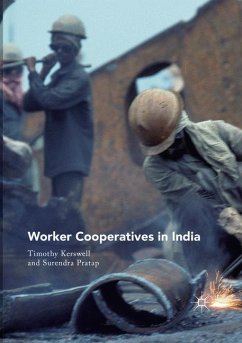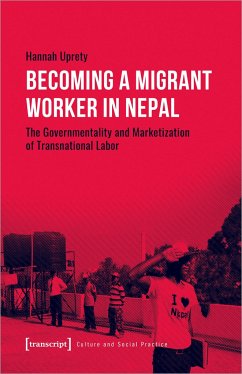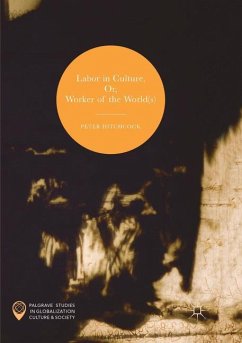
Biosecurity of Live Bird Market Worker Related to AI in Bangladesh
Versandkostenfrei!
Versandfertig in 6-10 Tagen
16,99 €
inkl. MwSt.

PAYBACK Punkte
8 °P sammeln!
Human pandemics of influenza in 20th century were 1918: "Spanish Flu"- 40 million deaths; 1957: "Asian Flu"- 1-2 million deaths and 1968: "Hong Kong Flu"- 7 million deaths.Avian influenza, commonly known as bird flu, one of the most serious health threats today, is an infectious disease of birds caused by influenza virus type A. It has imposed serious threat for the growing poultry industry of Bangladesh with a risk of affecting humans. Domestic poultry are highly vulnerable. In its highly pathogenic form, the disease is extremely contagious and mortality in poultry can approach 100%.Avian Inf...
Human pandemics of influenza in 20th century were 1918: "Spanish Flu"- 40 million deaths; 1957: "Asian Flu"- 1-2 million deaths and 1968: "Hong Kong Flu"- 7 million deaths.Avian influenza, commonly known as bird flu, one of the most serious health threats today, is an infectious disease of birds caused by influenza virus type A. It has imposed serious threat for the growing poultry industry of Bangladesh with a risk of affecting humans. Domestic poultry are highly vulnerable. In its highly pathogenic form, the disease is extremely contagious and mortality in poultry can approach 100%.Avian Influenza (AI) is a contagious viral zoonotic disease with great public health implications and negative socioeconomic impact. The highly pathogenic avian influenza (HPAI) infection is transmitted from birds to man mostly through contact with contaminated poultry and objects, hence people who come in contact with birds such as live bird market workers are the more vulnerable population. Inadequate knowledge of AI health risks and poor practice of AI preventive measures amongst LBS increases the risk of spread of the infection in both humans and animals.












